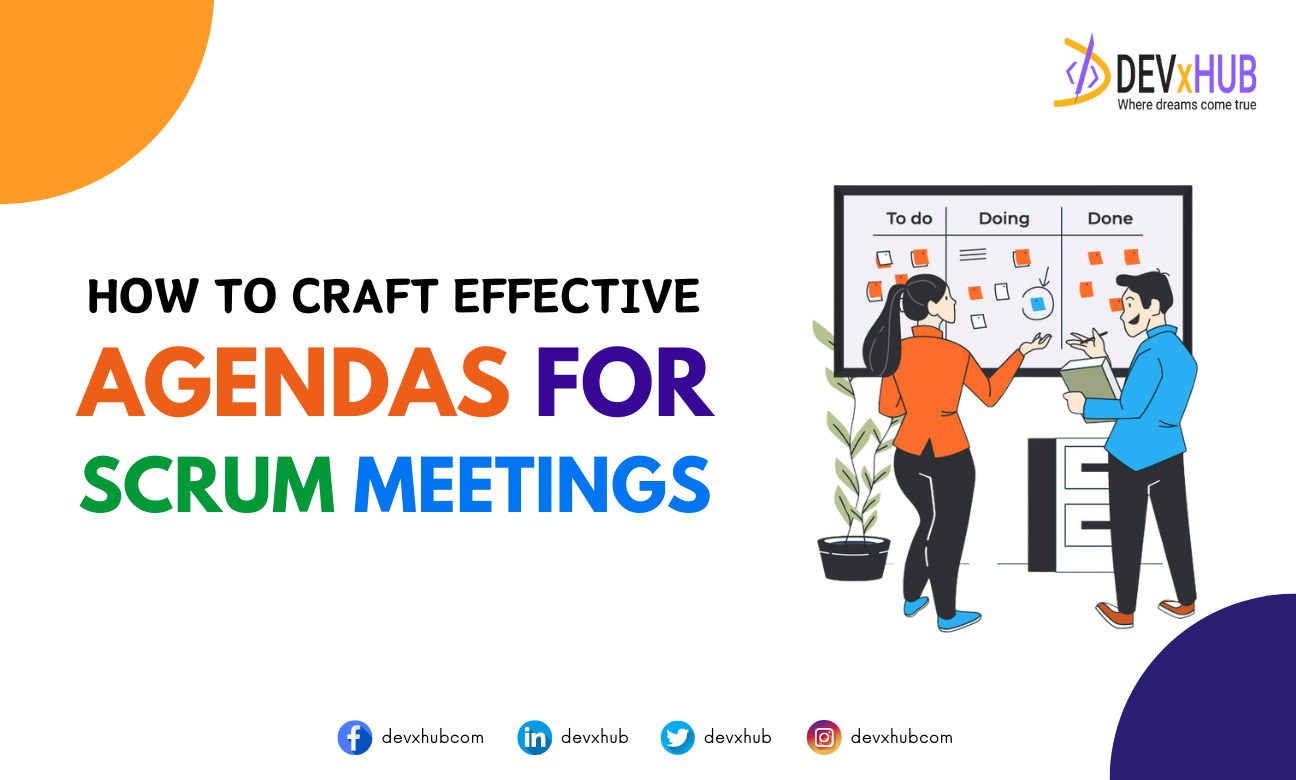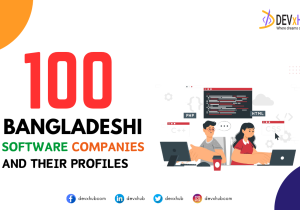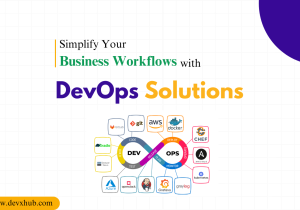Blog - How to Craft Effective Agendas for Scrum Meetings
In my previous discussions on leading effective meetings, I emphasized the importance of preparation. A well-prepared meeting can drastically enhance the productivity and engagement of your development team. Today, I’ll expand on that by explaining how to construct a detailed and functional agenda for your meetings, a crucial component for any team session—be it a retrospective, problem-solving, or planning meeting. This guide will not only help you identify necessary pre-meeting information but also the best methods to gather it. Let’s begin by understanding the significance of an agenda.
The Value of an Agenda in Meetings
From my experience, the presence of an agenda can significantly elevate the effectiveness of a meeting, particularly in a virtual environment. It provides several benefits for both attendees and the organizer:
- Context and Focus: An agenda gives attendees a clear understanding of the meeting’s goals (like discussing issues and finding solutions), which reduces the need for context switching and clarifies the meeting’s purpose.
- Participant Relevance: It ensures that only those who can contribute to the meeting’s objectives are invited, optimizing the group’s composition for effectiveness.
- Structure and Format: Outlining whether the meeting will involve group discussions, presentations, or other formats helps in planning a productive session.
- Preparation of Tools and Techniques: Knowing what tools (like post-it notes or whiteboards) and techniques will be needed to achieve the meeting’s objectives can be planned in advance, making the meeting smoother and more focused.
An agenda acts as a roadmap, helping you to visualize the meeting’s flow and manage transitions between topics, ensuring that each participant’s contributions are heard and valued. It also prepares you to handle the dynamics and different interaction styles that may arise during the session.
Agendas play a crucial role in supporting meeting participants. Distributing the agenda beforehand allows participants to understand the objectives, prepare their thoughts, and come ready to actively engage in discussions. This preparation is especially beneficial for retrospective or problem-solving meetings, where clarity on the meeting’s purpose, contributions expected, and goals are essential.
On the other hand, a weak or absent agenda can lead to miscommunication, low engagement, and even chaos. Without adequate information, discussions may go off track as team members struggle to understand the session’s purpose. Additionally, lacking a clear agenda may leave you unprepared to manage diverse reactions, group dynamics, and collaboration styles, leading to confusion and unacknowledged ideas as the meeting progresses.
A poorly structured meeting doesn’t just fail to resolve issues; it compounds them, necessitating additional meetings to address unresolved topics, thus diminishing effectiveness and productivity. As a facilitator, it is your duty to select the right methods and techniques that align with the meeting’s objectives and the participants’ varying collaboration styles. A well-crafted agenda allows you to adequately prepare and steer the meeting effectively. In the following section, I will outline my process for creating an effective meeting plan.
Guidelines for Creating an Effective Meeting Agenda
If you’re unsure where to start in crafting a meeting agenda, here is a structured approach that I use for Scrum meetings and other team discussions:
Step 1: Define the Objectives (Column One)
Start by clearly defining what you hope to achieve in the meeting. Pinpoint the primary goals and key issues that need addressing. This is critical because it sets the direction for the entire meeting. Limit yourself to three or four main topics to keep the meeting focused and manageable. By narrowing down the objectives, you ensure that the meeting can deeply cover each topic without becoming overwhelming or straying off course. This specificity helps participants prepare and align their thoughts on the most pressing matters.
Step 2: Plan the Information Gathering (Column Two)
This step is where the tactical planning of the meeting takes place, and is critical for its success. It involves strategizing how to effectively gather input and foster productive discussions on identified topics:
- Problem Identification: Begin by having each participant independently note down any issues they’ve observed. This method ensures that the meeting captures a diverse range of perspectives and problems without initial bias or influence from others.
- Group Analysis: After individual issues are noted, participants should then discuss these issues in smaller groups. This step allows for a deeper dive into each problem, helping to diagnose underlying causes and patterns that might not be evident at first glance.
- Solution Brainstorming: Finally, bring everyone together to brainstorm possible solutions. This step not only encourages a collaborative approach to problem-solving but also ensures that each participant feels their input is valued. The convergence of diverse perspectives can foster innovative solutions that might not emerge in a more siloed discussion.
This structured approach to information gathering is designed to avoid tunnel vision, where discussions might otherwise become too narrow or dominated by a few voices. It also enhances engagement by ensuring everyone’s contributions are integral to the conversation.
Step 3: Anticipate Outcomes (Column Three)
In this step, consider the potential results each agenda item might yield. This forward-thinking approach involves planning how to handle the outputs from the meeting:
- For instance, if a key part of the meeting involves recording issues during a retrospective, think about how these issues will be prioritized and analyzed post-meeting. Planning for this ensures that actionable items don’t get lost and that there’s a clear path forward for addressing each issue.
- Similarly, anticipate how discussions might evolve and prepare to guide them towards productive ends. For example, if a proposed solution requires further research or a follow-up meeting, plan how this will be integrated into the meeting’s flow and subsequent actions.
Anticipating outcomes helps in smoothly transitioning between different parts of the meeting. This preparedness not only maintains a coherent discussion flow but also aligns the meeting’s activities towards achieving the predefined objectives. It also prepares the facilitator to seamlessly integrate discussions, decisions, and follow-up actions, ensuring that the meeting leads to tangible and constructive results.
Time Management
When setting up a meeting agenda, it’s essential to first define the purpose of the meeting and list the critical topics that need discussion. Allocate a reasonable amount of time to each item, considering the complexity and required input from participants. This helps in maintaining the meeting’s focus and ensures all topics are adequately covered without overrunning the allotted time.
If the agenda seems too packed, prioritize the topics based on urgency and importance, postponing less critical discussions to future meetings or alternative communication methods like email. This approach ensures that essential issues receive the necessary attention within the constraints of the meeting’s duration, leading to a more efficient and effective session.
Continuous Improvement Through Practice
Creating effective agendas takes practice. Initially, it may be challenging, but as you refine your methods, you’ll notice a marked improvement in meeting engagement and outcomes. Remember, the first few tries might not be perfect, but they are invaluable for learning what works best for you and your team.
In conclusion,
The effort you put into designing a detailed agenda will pay off in more focused, engaging, and productive meetings. Keep refining your approach with each meeting, and soon, you’ll master the art of effective meeting facilitation.
Related Posts
Categories
- App Development (2)
- Design (2)
- DEVxHUB (30)
- Digital Marketing (2)
- Guide (24)
- It Bangladesh (1)
- Logo design (1)
- Operating system (1)
- Personal Improvement (14)
- Planning (4)
- Project management (3)
- Social media (2)
- Software Development (5)
- Software Quality Assurance (8)
- Startups (1)
- Team work (1)
- UI UX (1)
- Web Development (6)
Main Tags
- 2024
- Android
- app development
- bangladesh
- content writing
- design
- devxhub
- Digital marketing
- Guide
- IOS
- It
- logo design
- Operating system
- Personal Improvement
- planning
- project management
- social media
- Software Development
- Software Quality Assurance
- software testing
- software testing types
- Startups
- Success
- team
- UI UX
- UI UX design
- VR
- Web Development















